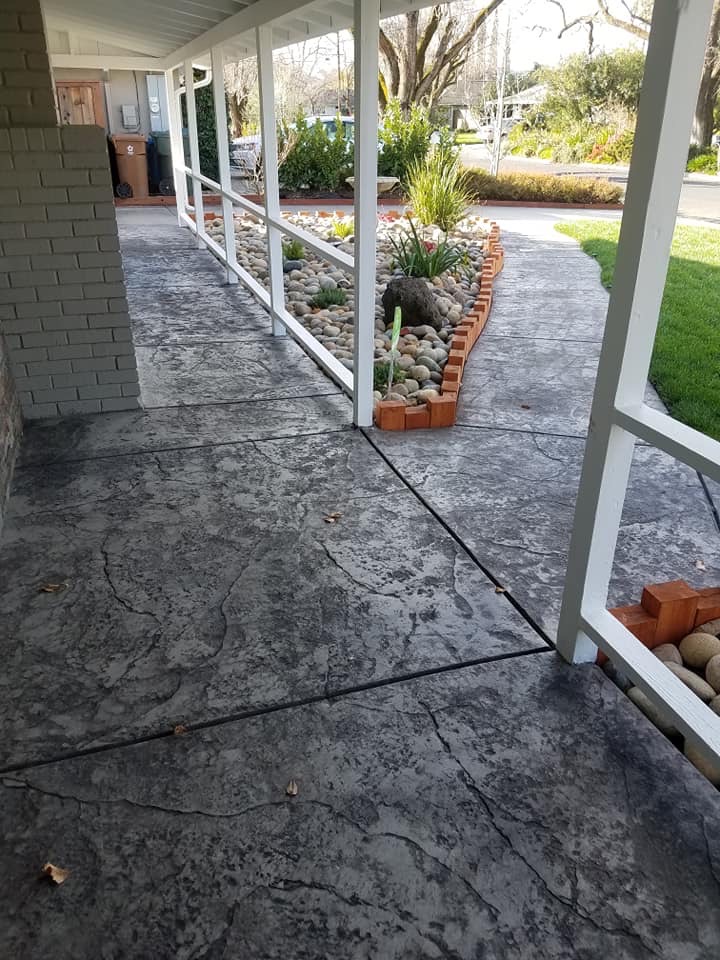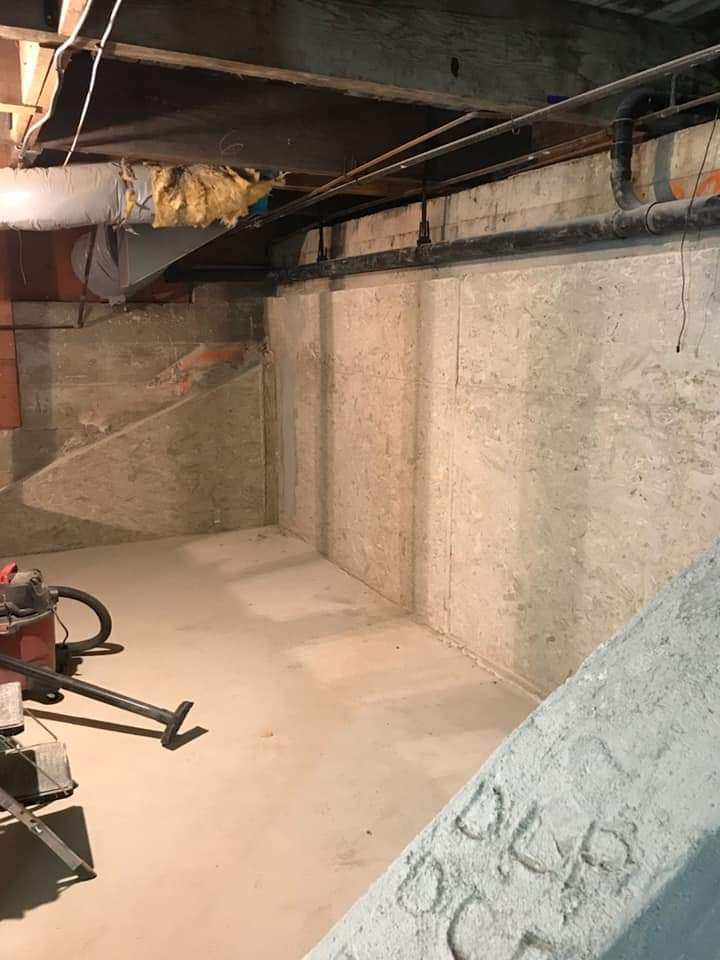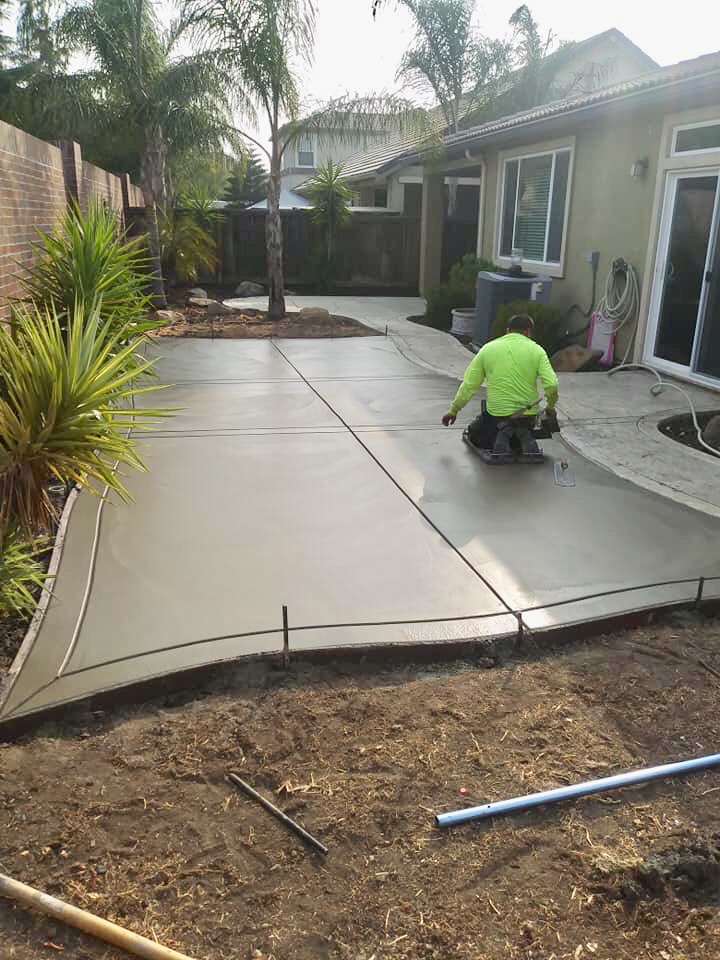What Is Reinforced Concrete Used For?
Concrete has a high compressive strength, making it possible to put significantly heavy loads on it without cracking it or showing any signs of fatigue. Steel is otherwise solid. This has a high tensile strength, meaning it can withstand massive lateral forces that would tear apart other materials. Place in concrete steel bars and you have reinforced concrete, a highly durable construction material that blends the best characteristics of both materials.
In the 19th century, the invention of reinforced concrete revolutionized the construction industry and allowed the first skyscrapers, such as the Flatiron construction, to be erected in New York, where they still stand to this day. If skyscrapers were designed using pure concrete, they would be vulnerable to earthquakes and high winds triggering the tensile forces.
Reinforced concrete, such as bridges, dams, piers, tall buildings and stadiums, is used for large-scale construction. This is most widely used for the footings and foundations of smaller daily dwellings in the domestic building. It’s compressive and tensile strength ensures it can withstand the weight of a house built on it, and the forces applied by the house’s weight.
Applications of Reinforced Concrete
1. Buildings
Buildings consist of beams, columns, walls, floors, and roofs. Reinforced concrete is best designed for board, roof slabs, columns and beam construction in residential and commercial structures. Composed of beams and slabs, reinforced concrete grid floors are commonly used to cover vast areas such as conference halls where column-free space is an important necessity.
It is proving cost-effective, robust, fireproof and safe building material. Another important feature by which an architectural effect can be achieved is the flexibility of concrete, which can not be accomplished with other building materials.
Reinforced concrete structures are widely implemented for residential complexes as well as for office complexes. RCC is best suited for heavy-duty floors in factories, due to its wear and tear resistance and increased longevity.
2. Bridges
The new trend is to use reinforced concrete for short, medium and long span bridges, resulting in aesthetically superior and economical designs as opposed to steel bridges. The ideal properties of concrete such as concrete strength and toughness can be achieved for any form of building thanks to the development of modern concrete.
3. Foundations
The new trend is to use reinforced concrete for short, medium and long span bridges, resulting in aesthetically superior and economical designs as opposed to steel bridges. The ideal properties of concrete such as concrete strength and toughness can be achieved for any form of building thanks to the development of modern concrete.
4. Marine Structure
For coastal areas where corrosion is inevitable, reinforced concrete is often used in the construction of marine structures such as wharfs, quay walls, watchtowers and lighthouses, although there are other forms of concrete that can withstand such hostile climate. Usage of reinforced concrete trusses is recommended for warehouses in coastal areas.
5. Others
Typical use of reinforced concrete in earth retaining structures includes bridge abutments and earthen embankment retaining walls. Reinforced concrete is best suited for systems that hold water, such as ground and overhead reservoirs, and hydraulic systems such as gravity and arch dams. The material is widely used to build large domes for water tanks and sports stadiums, as well as conference halls.
Reinforced concrete poles for power transmissions have almost replaced steel poles. Tall TV transmission towers are usually constructed using reinforced concrete.
RCC shells composed of thin circular slabs and deep edge beams provide an economical solution for aircraft hangers. For industrial structures where wide column-free space is needed beneath the roof, reinforced concrete folded plate construction was used.



Need Reinforced Concrete Repairs?
The more difficult a project is, the harder we work to provide real solutions and state-of-the-art solutions. We partner with each client from concept to completion, which enables us to design and implement plans that meet or exceed our client’s goals.Our concrete design team is made up of highly skilled, experienced estimators and craftsmen who work diligently to minimize problems and ensure that we remain on schedule. With all the resources available to complete your project through strong connections with leading suppliers, we are a single source for any type of concrete formwork. For all our products and services, we use the latest industry technologies so you can insure your project will be completed on-time and under code. When it’s time to finish and place, you can count on our highly experienced crews who are skilled in all facets of the industry. Spaulding Concrete will deliver if you need experience with any type of structural concrete. To schedule your free quote, call or contact us today! We are proud to serve Orinda, Lafayette, Moraga, Pleasant Hill, Concord, Martinez, Pittsburg, Antioch, Brentwood and the surrounding areas.
